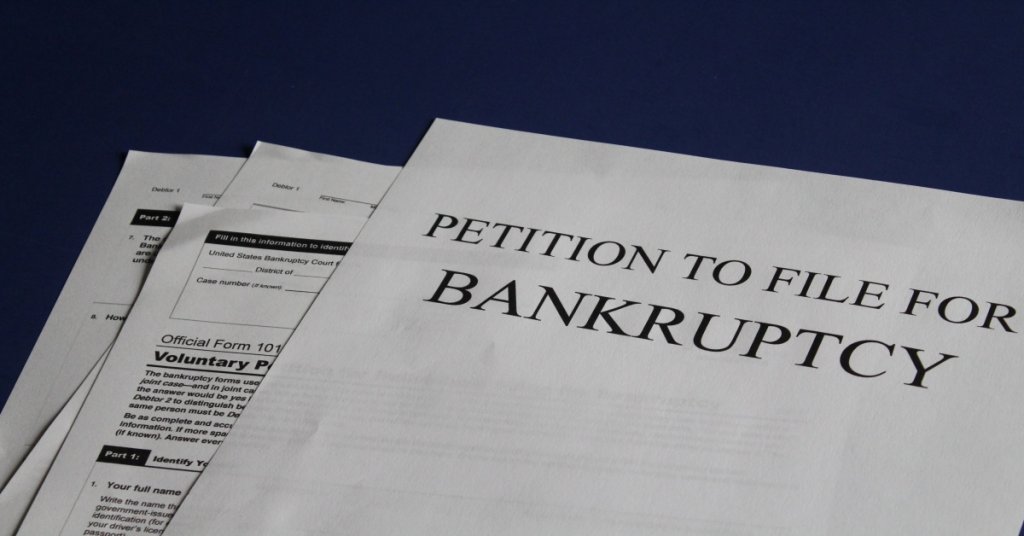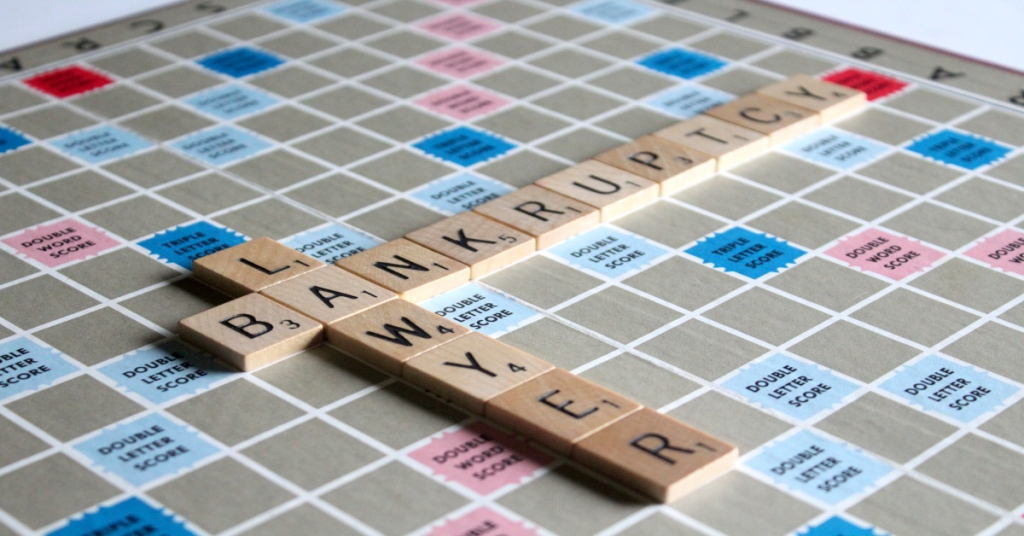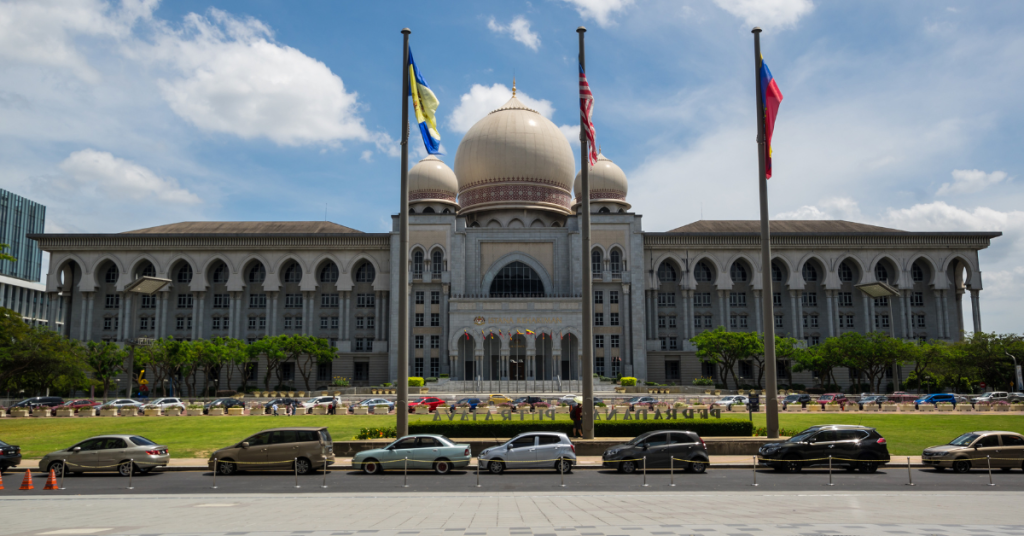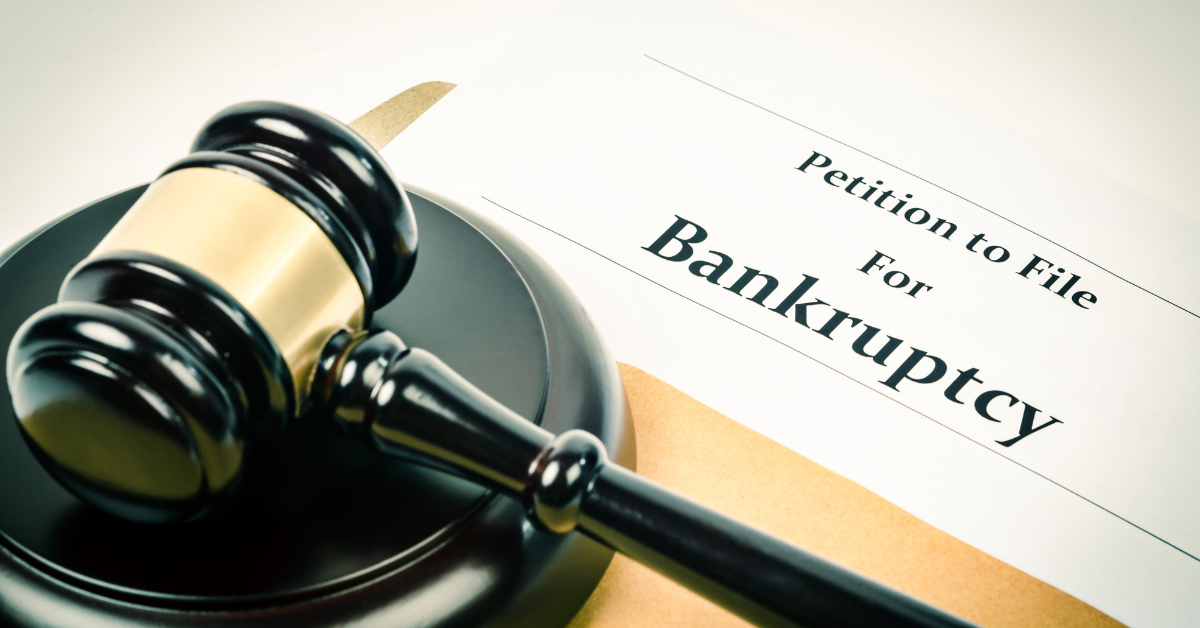According to a report by the Insolvency Department, 16 people were declared bankrupt each day last year.
We recently covered claims that founder and chairman of Country Heights Holdings Berhad (CHHB), Tan Sri Lee Kim Yew, is bankrupt and whilst doing so, we realised that not many of us know how bankruptcy works in Malaysia.
As such cases appear to be on the rise, we reached out to a couple of well-versed lawyers who have had a wealth of experience in dealing with bankruptcy cases, to find out how someone can be declared bankrupt, what restrictions are enforced onto them, and how can one recover from bankruptcy.
The start of the end
First things first, we would need to define what bankruptcy is in the eyes of Malaysian law. To answer this, we’ll be turning to the Malaysian Insolvency Department as well as the Insolvency Act 1967 (IA).
According to the Malaysian Insolvency Department, bankruptcy refers to a process where a debtor will be declared a bankrupt pursuant to a court order on the creditor’s petition or the debtor’s petition.
Dictionary Time: The creditor is the one who lends money in a credit relationship, and the debtor is the one who borrows it.
Experian
This means that the court may grant a bankruptcy order either through a creditor applying to court because of the debt you owe to them, or you yourself voluntarily requesting for the court to declare you as a bankrupt.

This happens when a creditor files for a bankruptcy action against the debtor if the debt owing amounts to RM100,000.
Mak Lin Kum, a Senior Partner at Syed Ibrahim & Co added, “Being a bankrupt requires two court orders. These are the ‘adjudicating order’ (AO) and the ‘receiving order’ (RO).”
The AO adjudicates the person as a bankrupt whilst the RO operates to transfer all that person’s property to the trustee in bankruptcy, which is the Director General of Insolvency (DGI), a government officer.
One thing that is important to note is that an individual may be declared bankrupt without their knowledge.
According to legal provisions, all legal documents must be served personally to the debtor and that the creditor will refer to the debtor’s address that they have in their record.
“This depends on the debtor to constantly update their latest details. In the situation where the creditor fails to serve any legal documents personally, the court can order for a substituted service.”
In short, this means that an individual may be declared bankrupt without their knowledge because:
- The legal documents were sent to an old address;
- The individual did not attend court on the day the case was mentioned;
- The individual refused to accept or open any legal documents served to them;
- The individual did not read the local newspaper if the service was made through substituted service.
You can always check one’s bankruptcy status through a search through the e-insolvency portal.
On whether or not there are any loopholes in the system on how an individual can avoid being declared as bankrupt, Kee Hui Yee who is a Senior Associate at Messrs Kanesalingam & Co said that people often try to quickly transfer their assets to their spouse or family members.
“However, this is illegal. Any transaction to dispose of the bankrupt’s assets would be declared void if at the time of such transaction, they had no ownership of such asset (unless it is proven to be a bona fide transaction without notice),” she said.
What happens next?
All unsecured property belonging to the bankrupt person will be transferred to the DGI who will administer these properties and divide the properties amongst the creditors.
As mentioned in section 48(1)(a) of the IA, the only properties an individual is allowed to have includes the tools of their trade, necessary wearing apparel, bedding and other necessities belonging to themself, their spouse and children to a value not exceeding RM5,000.
Once declared bankrupt, their existing bank account shall be deactivated and all transactions will be debarred. However, a bankrupt may open a new bank account or continue using his existing account for reasons such as crediting his salary or any other reasonable reasons.

A bankrupt can also only use their existing credit card up to the amount of RM1,000.
On whether this differs if or not the bankrupt person is a business owner, Kee said that there is strictly no difference.
“This is because the company is a separate legal entity save for sole proprietorship. A sole proprietorship is not a separate entity from the business owner.”
“This means that the debts and the assets of the business tie together with the owner,” she added.
Meanwhile, Mak added that the usual effects of bankruptcy would mean that a person will not be able to be a director of a company and that person will lose control of his property.
“Their property can be put up for sale to pay their creditors. If that property includes one or more businesses, such businesses may be sold.”
Along with this, there are also a bunch of restrictions that apply to bankrupt individuals and the things they have to do as stated in section 38 of the IA which include:
- Not being able to leave the country without the permission of the DGI or the court;
- Having to obtain permission from the DGI to commence court actions (except for limited cases such as personal injury matters);
- Having to report to the DGI every six months on whatever money and property that comes into their hands;
- Having to immediately report to the DGI if they receive any money or property of the value exceeding RM500;
- Reporting any changes to their home address;
- Not being allowed to be involved in the management of the business or be employed by their spouse, sibling of their spouse, their own sibling, or a lineal ancestor or a lineal descendant of their or a spouse of such ancestor or descendant.
On whether or not someone bankrupt may still be employed, Mak stated that the general answer is yes.

“In general, a person who is bankrupt may not be trusted with matters concerning the control of money or decisions concerning money. But this is a matter of practice rather than a strict legal position.”
Meanwhile, Section 36 of the IA disqualifies a bankrupt from being appointed as a Sessions Court Judge or Magistrate, being a local councillor, a member of Parliament, lawyer, accountant, trustee, and more.
Apart from how being bankrupt can affect oneself, it can also bring in unwanted consequences to their family members and those around them.
“Family members can be affected in various ways if they have guaranteed the bankrupt’s debts, which may lead them to have problems of their own,” shared Mak.
He added that when the bankrupt is the breadwinner and the family depends on the income brought home, the children’s education may be affected and access to health facilities may also be affected.
On the way out
According to the Insolvency Department, the DGI has a duty to supervise the conduct of a debtor and to administer the debtor’s estate.
However, DGI has no power to reduce the amount of debt that has been filed by creditors and if a bankrupt intends to reduce the amount of debt for the purpose of making full settlement, they should write in or meet the officer at the particular bank stating their intention to do so.
When a bankrupt is able to procure payment to his creditors in full, they will be discharged from bankruptcy. According to Mak, if the bankrupt is unable to pay in full yet, they may be able to seek a discharge (the extinguishment or release of a legal obligation or duty).
However, the attitude of the creditors will be a very important consideration.
Whether or not the bankrupt has paid in full, there are four main methods on how they are able to be rid of their bankruptcy status.
This includes:
- Annulment Order under section 105 of IA; apply once all owed debt has been paid in full through DGI to all creditors. The court will annul a bankruptcy order once the court is satisfied that the bankrupt’s debts are paid in full;
- Discharge by Court Order under section 33(3) of IA; apply to the court at any time after a bankruptcy order has been made. The Court will scrutinise the report by DGI on the conduct of the bankrupt and will decide whether to grant absolute or conditional discharge or to reject such an application;
- Discharge by DGI under section 33A of IA; apply for discharge by DGI only if five years has lapsed from the date of bankruptcy order and upon satisfying some criteria imposed by the DGI;
- Automatic Discharge under section 33C of IA; apply for an automatic discharge on the expiration of three years from the date of submission of the Statement of Affairs with certain conditions imposed.
However, the DGI may discharge four categories of bankrupts without any objection from the creditors under section 33A.

The four (4) categories are:
- A bankrupt who was adjudged bankrupt by reason of him being a social guarantor (a person who provides, not for profit-making purposes, guarantees for a loan, scholarship, or grants for educational or research purposes);
- A bankrupt who was registered as a person with disability under the Persons with Disabilities Act 2008 (Act 685);
- A deceased bankrupt; and,
- A bankrupt suffering from a serious illness certified by a Government Medical Officer.
On what life is like for those who have managed to successfully discharge their bankrupt status, Kee said, “legally speaking, once you are discharged from bankruptcy, your rights are restored.”
However, documents from the court proceedings will be eternally kept, and the former bankrupt person will be closely monitored by financial institutions even afterwards.
“Persons who are bankrupt are not criminals although they may often have engaged in some dishonest conduct that could have led to or contributed to their bankruptcy,” concluded Mak.
“Perfectly honest people can also be bankrupt. It is not healthy to regard a bankrupt individual as ‘bad’ but it is advisable to be cautious when dealing with them.”
- Read articles we’ve written about bankruptcy here.
Featured Image Credit: 123RF









